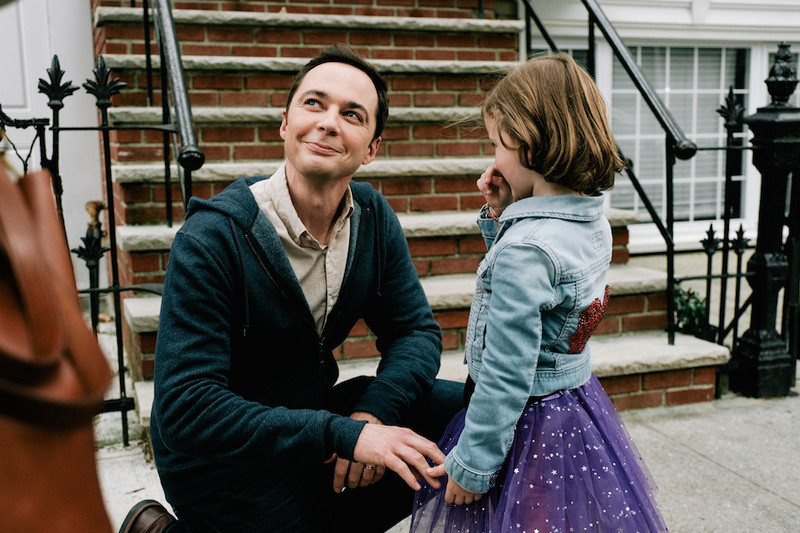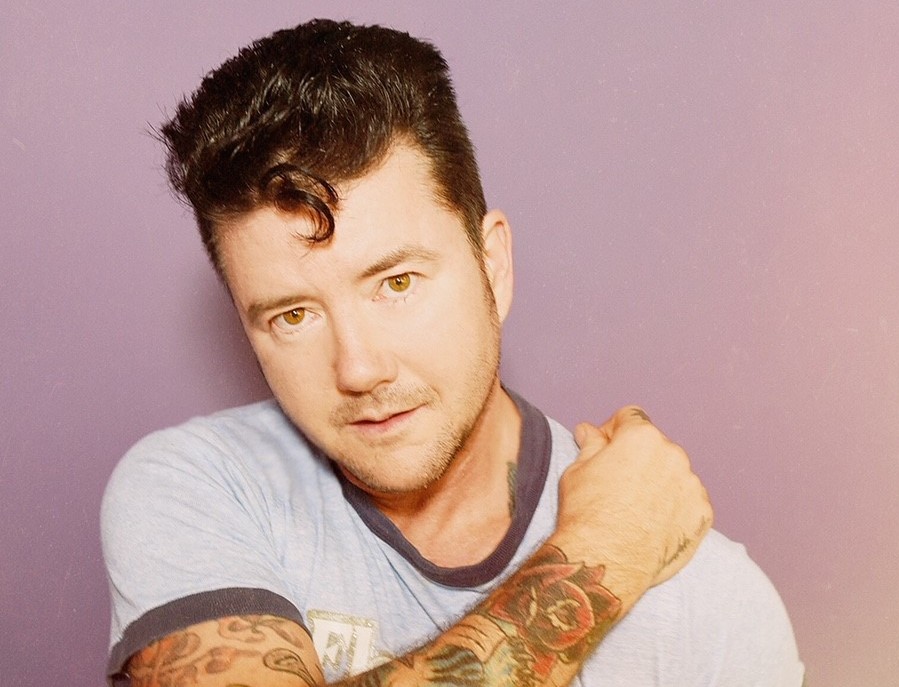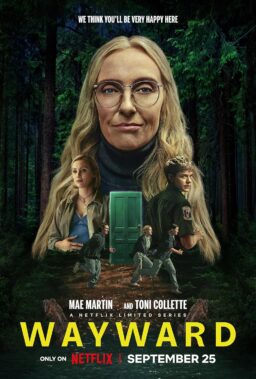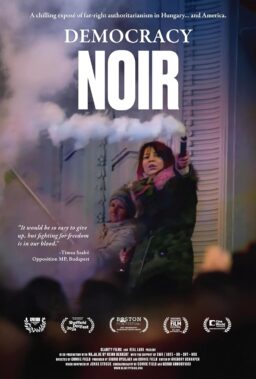Parenthood is less about explaining the world to children than it is about letting them explain themselves to us. From the first moments, children tell us who they are, and we must readjust to better reflect the reality about themselves—and us—they cannot let us ignore. In “A Kid Like Jake,” a four-year-old child’s “gender expansiveness” forces the adults around him to reconsider not just who they thought he was but their own priorities and prejudices. Jim Parsons, who produced the film with his husband, stars as Jake’s father, with Claire Danes as his mother, and Octavia Spencer as their close friend who is guiding them through the intense pressure and cutthroat competition of applying to New York City preschools. In an interview with RogerEbert.com, director Silas Howard talked about finding the right child to play Jake and how Jake’s experiences today are different from those he faced as a trans man.
So what is Jake like? Everybody in the movie seems to have an opinion, but we do not see much of him.
That’s exactly right. In the original play, you didn’t see him at all. Jake is really a four-year-old who is just exploring the world as all four-year-olds do. So we very intentionally focused much more on the world’s reaction to Jake than on Jake himself. Jake is a little boy who loves dresses and princesses and all things beautiful and it’s noticed by Judy, who is a friend of Jake’s mom and played by Octavia Spencer, who sees that this perhaps is a trait that could be used in a positive way when they’re applying to schools. That just ends up sending them on an unexpected journey.
I thought that was a brilliant way of entering this story, to see it as an asset for parents trying to do the best for their son, a different dilemma than the usual “how can we accept this” drama.
I’m so glad Daniel Pearle wrote the play and then adapted the screenplay. He’s a brilliant writer and I was really attracted to that, too. I thought it was a really interesting entry into the story and then it becomes about something else. Jim Parsons was saying in an interview the other week that for a lot of people the issue is, “What are the right terms?” People don’t want to make a mistake. So instead of trying to argue someone out of their identity or presentation it’s just how best to support them. Even I as a transgender person don’t know the latest terms, so I called Nick Adams, Director of Transgender Media and Representation at GLAAD. I love “gender non-conformist” because I feel like I’m a non-conformist but that has a connotation. He was like, “Oh, the latest and greatest is ‘gender-expansive.’” So I thought, “Judy will know. She will be up on the latest and greatest.” And we popped that into the storyline.
I’m hoping to do what I’m seeing a lot of my fellow filmmakers and writers and actors do, to create these stories that are so humanizing and hopefully open up and let us connect and be less afraid.
The film really focuses on the adults in the story, but let’s talk for a moment about casting a four-year-old to play Jake.
I did want the kid we cast to feel like Jake in that he loved dresses and he loved beautiful things and princesses and playing Cinderella. Leo James Davis is just amazing. He has the best fashion. He has an amazing array of dresses and skirts and all kinds of fabulous outfits and he’s just a creative, cool little kid. I wanted us on set to understand what we were protecting and the innocence of that and yet how it still really does create fear in others.
For example even with Leo, his parents are very supportive but unfortunately they had push back from the school principal; it wasn’t the kids. They wanted him to go by “she” if he was going to wear dresses. His parents said, “Well, he might but we just don’t want to decide yet until he tells us.” They didn’t even think they were being that radical. And the kids at school didn’t mind at all. The LA Times did a feature on it in conjunction with the movie. As a society we are really invested in people staying on one side or the other, I think especially male children dressing feminine. There’s still a big taboo.
What was pretty amazing is Leo does know that he’s different. When they walk out in the world, everyone thinks he’s a little girl and he’ll say, “I’m a boy. I’m a boy who loves beautiful things.” He has this strong sense of self because of his support and good experiences, so on that level he was teaching us. There was one point we had his character ask his mom, “Am I a mistake?” and we ended up losing the line in the movie. Leo turned to the camera to talk to me behind the camera and said, “How could I be a mistake?” He just basically argued for the fact that that was an impossibility and so he schooled all of us on how that was actually just not an option.

How did you make him feel so comfortable about pretending actors were his parents?
We hung out a bunch together. Claire has a four-year-old named Cyrus and they became besties on set when they met and his mom and dad were very supportive on set. His dad is a musician and his mom is an acting coach in theatre. They had a great sense of humor. I spent a lot of time saying, “Are you sure this will be comfortable?” I was like, “Leo are you sure you want to do this? It’s a lot of hours and it gets kind of boring.” I wanted to make sure it felt right for everybody.
We mostly see Jake through the eyes of the adults in the film.
I think that was probably the most political decision of the movie, to intentionally turn the camera away from Jake. I knew that that would be something that people would feel one way or another about. If Jake was even just eight I would have a different approach but at that age of four to put the camera on that kid for the audience to make decisions about is really not what the story is about. So we are looking at the world and the parents and this anatomy of a relationship.
The adults in the film never stop wanting what is best for Jake, but it creates some severe cracks in the foundations of their relationships, including some very painful confrontations.
It starts off very light and there is humor throughout. I never want any scene to be only sad or only funny. I try to have sad and funny a little in every scene. It’s not a melodrama by any means but they definitely go to places. When people feel pressure outside of what they can control they start to blame each other, and that’s what we see happening in this relationship. They say the things they’re not supposed to say, which is maybe the thing they have to say to get to the other side. Even Judy, who is really part of raising this kid, she has her moment of pushback, usually the audience will gasp when it happens.
It is amazing to watch actors in a chair create that much tension with their performances. I do think that the characters will grow from this. We try not to wrap it up with a bow but we definitely see they’re on the right track. There are some of those worst fears that come out that are part of how you have to do the wrong thing to figure out the right thing sometimes.
What’s the best advice you ever got about directing?
Be present. Be fully present. Be there for your actors and be there for your crew; easier said than done.












